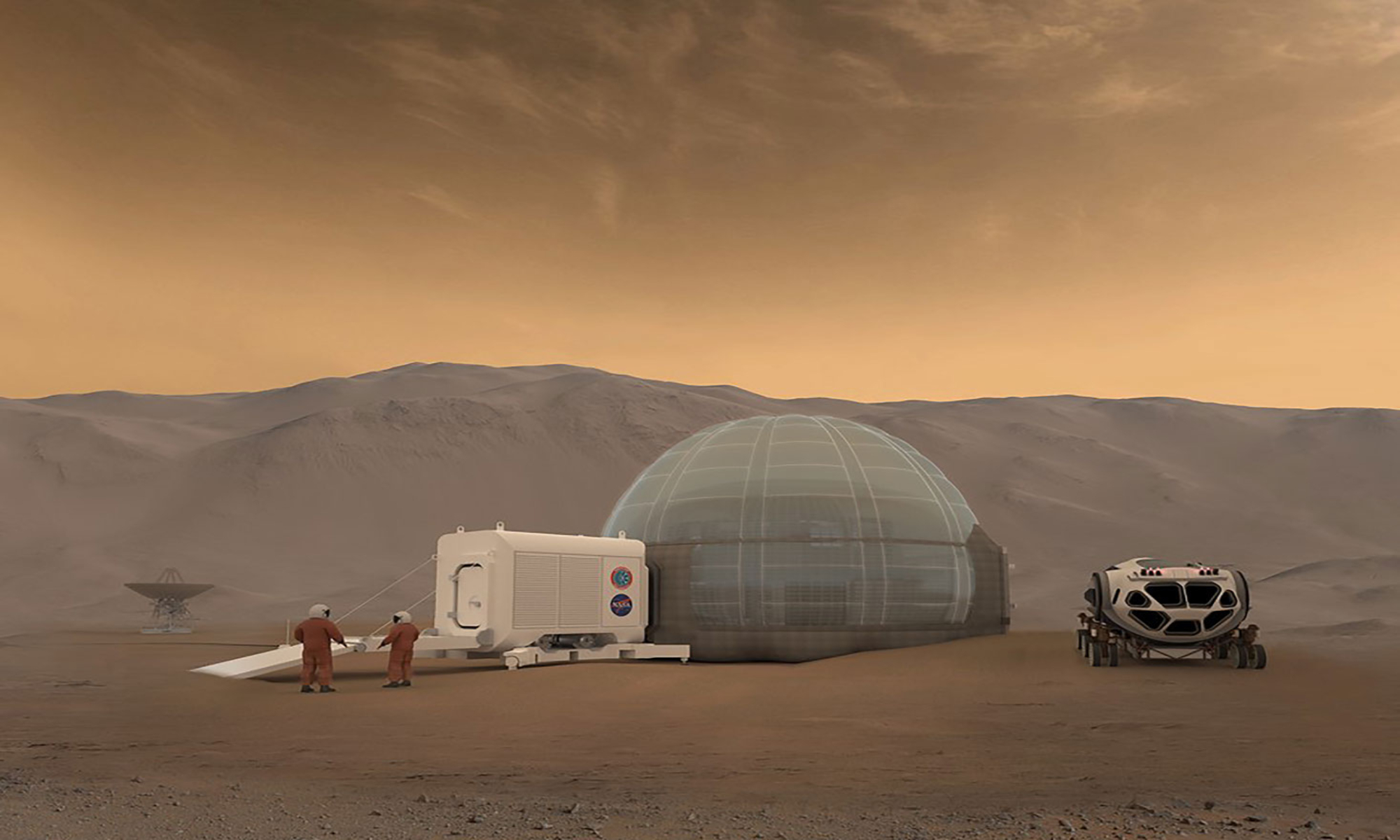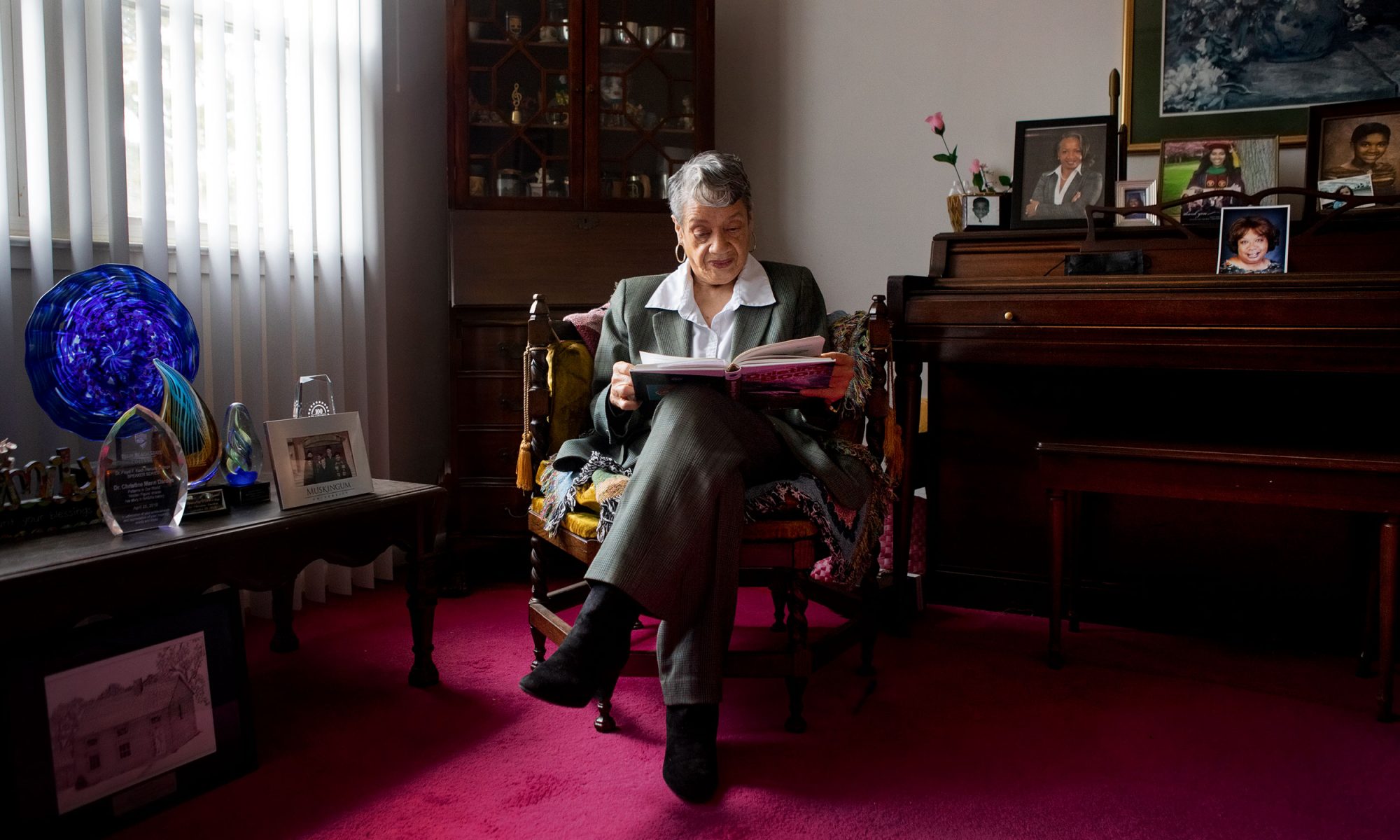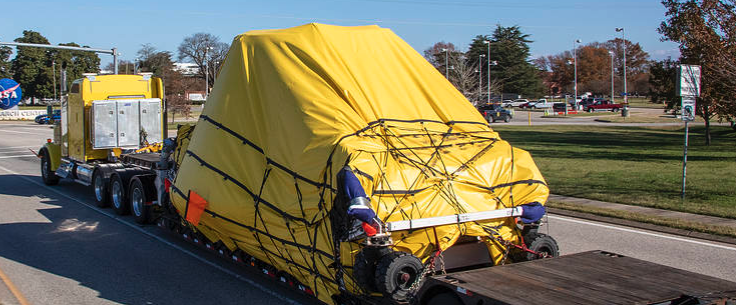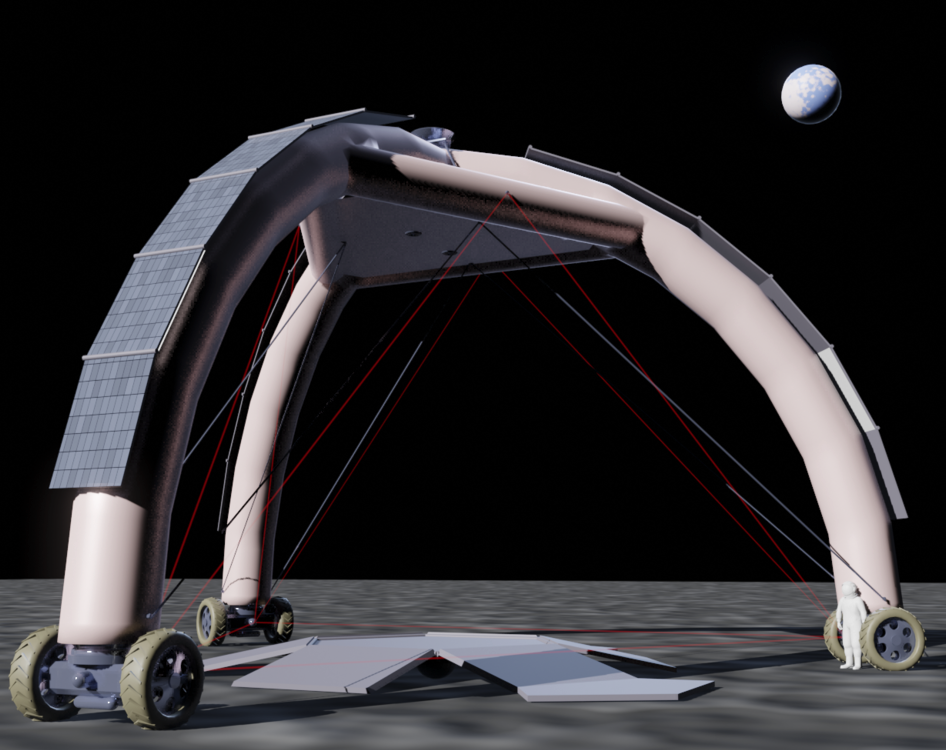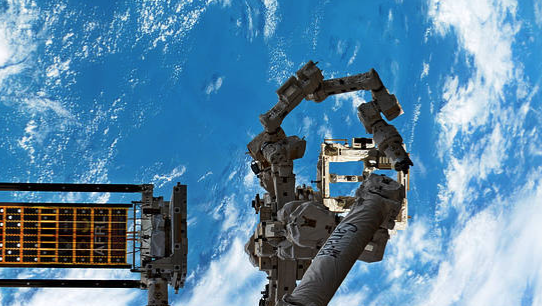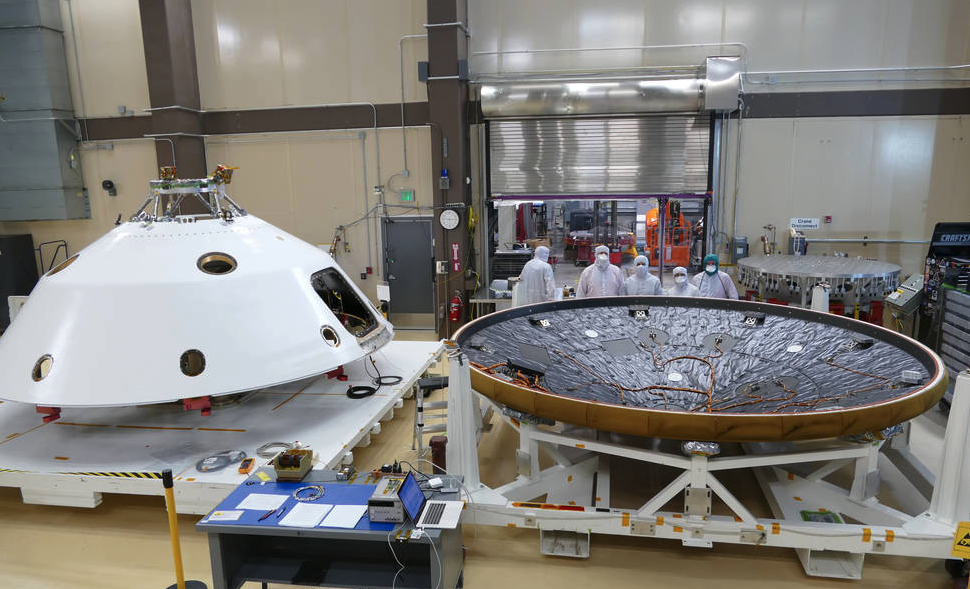Just before World War II, the American civil rights activist A. Philip Randolph persuaded President Roosevelt to end discrimination on the basis of race, color and national origin in defense-industry employment. Not long after, in 1941, Roosevelt issued executive order 8802, prompting several agencies, including the National Advisory Committee for Aeronautics — NACA, the precursor to NASA — to begin hiring Black workers.
Orion Test Article Ready to Make Another Splash for Artemis
The Orion spacecraft Structural Test Article (STA) completed its cross-country road trip Tuesday to NASA’s Langley Research Center in Hampton, Virginia in preparation for a series of water impact tests at the center’s Landing and Impact Research Facility, or gantry.a
The tests, scheduled for early 2021, will look similar to previous tests. This time, however, the crew module is more flight-like in its configuration with several structural updates and modifications based on data from wind tunnel tests and Exploration Flight Test-1.
Data from the upcoming drop tests will be used for final computer modeling for loads and structures prior to the Artemis II flight test, NASA’s first mission with crew. Artemis II will carry astronauts around the Moon and back, and will pave the way to land the first woman and next man on the lunar surface during Artemis III.
NASA Announces Moon Supply Unloading System Design Winners
NASA has selected five 3D model submissions to the Advanced Lightweight Lunar Gantry for Operations (ALLGO) challenge. The ideas offer potential ways to unload supplies on the Moon, something NASA is considering as it works toward sustainable exploration under the Artemis program.
The challenge supports NASA’s ALLGO feasibility study to develop an innovative lightweight gantry system using inflatable components that can be tightly packaged and easily deployed on the lunar surface. GrabCAD ran the challenge on behalf of NASA.
“Almost every submission had innovative ideas, giving NASA a sourcebook for future concept development work,” said Kevin Kempton, the ALLGO study and challenge lead at NASA’s Langley Research Center in Hampton, Virginia. “I am impressed with the results of the challenge and the collaboration within the GrabCAD community.”
Submissions included models that showed gantry designs in their operational configuration and detailed descriptions of the packing and deployment processes. Based on a review of 132 proposals, NASA chose 20 finalists and selected and ranked five winners based on the challenge scoring criteria.
2020 NASA Announcement of Collaboration Opportunity (ACO) Selections
NASA has selected 17 U.S. companies for 20 partnerships to mature industry-developed space technologies for the Moon and beyond through the Space Technology Mission Directorate’s 2020 Announcement of Collaboration Opportunity (ACO).
The selected proposals are relevant to technology topic areas outlined in the solicitation, including cryogenic fluid management and propulsion; advanced propulsion; sustainable power; in-situ propellant and consumable production; intelligent/resilient systems and advanced robotics; advanced materials and structures; entry, descent, and landing; and small spacecraft technologies.
The selections will result in unfunded Space Act Agreements between the companies and NASA. NASA centers will work with the companies to provide expertise and access to the agency’s unique testing facilities. The total estimated value of agency resources to support the agreements is approximately $15.5 million.
Sensors on Mars 2020 Spacecraft Answer Long Distance Call from Earth
On October 8, 2020, with COVID-19 safety protocols in place, team members of the Mars 2020 Perseverance rover mission waited for a reply from the Mars Entry, Descent, and Landing Instrumentation 2 (MEDLI2) suite onboard the spacecraft, which is currently en route to the Red Planet.
MEDLI2 is a collection of sensors that will measure aerothermal environments and thermal protection system material performance during the atmospheric entry phase of the Mars 2020 mission.
The sensors successfully passed a battery of environmental tests before being installed on the Mars 2020 heat shield and backshell to ensure they could withstand launch and the harsh conditions of space.
During the recent MEDLI2 cruise checkout, the team at the Flight Mission Support Center at NASA’s Langley Research Center in Hampton, Virginia, received data back from the spacecraft for the first time since the rover launched in July.
